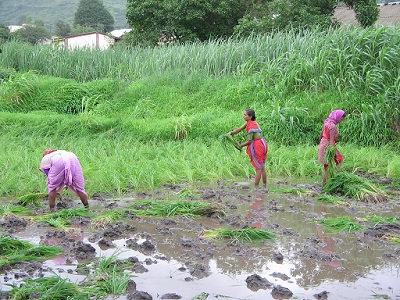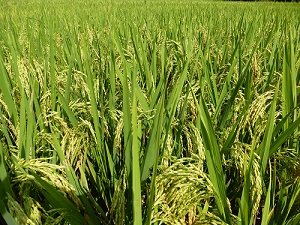
At the start of the 20th century, India had nearly 40,000 tigers. That number came down to a mere 1827 in 1972. It took us just 75 years to almost wipe out an entire species!
But we woke up in the nick of time, launched ‘Project Tiger’, spent colossal amounts of money and energy and managed to double this number to 3642 by 2002.
Now it is the turn of the Indian farmer. Like the tiger, he too seems to be slowly and steadily on his way out…fighting for survival like this magnificent animal.
On the one hand, nearly 86 lakh cultivators have disappeared over the last 10 years. Crunch the numbers and that averages out to more than 2000 cultivators lost per day!
On the other hand, the number of agricultural labourers has increased by 3.75 crores, which is about four times the number of lost cultivators.
Just as the tigers have lost their natural habitat to us, farmers land holdings too have diminished since the seventies. A farmer today has nearly 50 % lesser land than his predecessors due to the rapid urbanization of villages.
This shrinking land has increased the pressure both on the land and the man that ploughs it as the land needs to yield more to cater to ever-increasing demands.
Simply stated, today’s farmers have lesser space to cultivate, which means lesser food produced and greater overheads to absorb.
Most aren’t farmers out of choice. It is usually their lack of education or the inability to get another job that leaves them tilling the fields.
A back-breaking job that guarantees 12 hours of hard labour, meagre wages, diminishing outputs and huge investments is enough to sap both the spirit and the soul.
Add to this the inconsistency of the monsoons, depleting agricultural inputs and the lack of an alternative livelihood and farming is no longer an economic option for most. It’s just grim reality.
Land under cultivation ( in million hectares) has decreased while land holdings ( in millions) have increased

It’s no surprise that more and more want out of this bleak situation. 9 times out of 10, a farmer wants a different life for his children – one where they work anywhere other than the land of their forefathers.
Sanju, a relatively well-landed farmer in Handesra, Punjab, tills the soil, pumps water, converts some of his land into fish ponds and occasionally works part-time with a local LIC agent just to make ends meet. There are many others like him who scrimp and save to educate their children so that they can leave the fields for even greener pastures.

It is my 'dal-roti' at stake here. I want to know what will happen if the farmer who puts food on my table ends up as just another statistic in the many censuses that are so diligently carried out.
Maybe the government will create a 'Project Farmer' before it's too late !